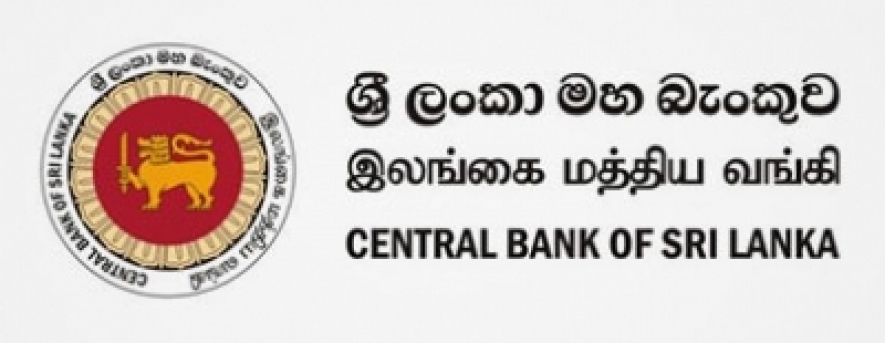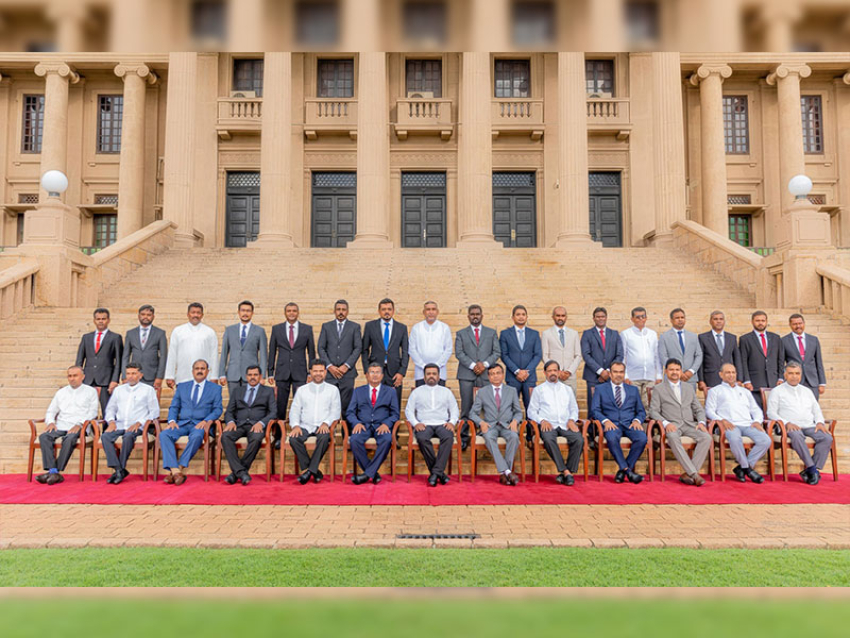The key sectoral developments considered in arriving at the decision by the Monetary Board are discussed below.
According to the provisional estimates of the Department of Census and Statistics (DCS), the Sri Lankan economy recorded a lower than projected growth for the third quarter of 2017. Accordingly, the economy grew by 3.3 per cent, year-on-year, in the third quarter of 2017, compared to 4.0 per cent recorded in the second quarter of 2017. Economic growth in the third quarter were mainly driven by the moderate expansion in the Industry and Services sectors, while the Agriculture sector continued to record a negative growth on account of weather related disruptions. Although near term growth prospects remain subdued, it is anticipated that the economy would recover in 2018 due to continuous surge in exports and investments induced by foreign direct investments. The recovery in the Agriculture sector would also support the growth performance in 2018.
Headline inflation decelerated in November 2017 as expected, but still remains at an elevated level in terms of both National Consumer Price Index (NCPI) and Colombo Consumer Price Index (CCPI), reflecting the impact of higher domestic food prices. Nevertheless, core inflation remained checked indicating subdued demand pressures, reflecting the effectiveness of the tight monetary policy stance maintained by the Central Bank. Although high food prices stemming from supply disruptions could cause headline inflation to remain at somewhat elevated levels in the immediate future, inflation is expected to return to the desired level towards the end of first quarter of 2018.
The growth in broad money supply has slowed down substantially in November 2017 caused mainly by the deceleration in the growth of private sector credit extended by commercial banks as expected, responding to the tight monetary policy stance. Meanwhile, the yields on government securities have adjusted downward from the peak levels, correcting some disparity that existed between the policy rates and the yields on government securities. Other market interest rates are also expected to adjust further downwards in line with the yield rates.
Export earnings continued its growth momentum registering double digit growth for the fourth consecutive month, partly benefiting from the implementation of a more flexible exchange rate regime. However, the trade deficit widened during the first ten months of the year, largely on account of the notable increase in import expenditure, particularly due to supply side constraints mainly arising from weather related disturbances, offsetting the positive impact of improved performance in export earnings. However, easing the pressure on external accounts to a certain extent, sustained inflows to the financial account in terms of inflows to government securities market and the Colombo Stock Exchange (CSE) were observed. The receipt of the fourth tranche of the Extended Fund Facility (EFF) Programme of the IMF in December 2017 and inflows on account of divestment of Hambantota Port helped further strengthen the Balance of Payments (BOP). Given these developments and reflecting the continued foreign exchange purchases on a net basis by the Central Bank amounting to around US dollars 1.7 billion, gross official reserves are estimated to improve to around US dollars 7.8 billion by end December 2017. The Sri Lankan rupee depreciated against the US dollar by 1.9 per cent as at 27 December 2017. During 2017, the Central Bank has been able to turn around the trends of declining gross official reserves and recording BOP deficits during 2015 and 2016 by registering a significantly large BOP surplus, while maintaining a more flexible exchange rate regime under the current enhanced monetary policy framework, which involves transiting towards a Flexible Inflation Targeting (FIT) framework.
As per the available indicators, the fiscal sector recorded notable improvements in 2017, particularly due to increased revenue collection, which has enabled recording a surplus in the primary balance. Although some slippages in key fiscal balances in comparison to original estimates are expected in 2017 mainly as a result of expenditures related to relief measures and higher interest payments, fiscal consolidation is expected to continue in the medium term supporting macroeconomic stability.
In view of the above, the Monetary Board decided to maintain the Standing Deposit Facility Rate (SDFR) and Standing Lending Facility Rate (SLFR) of the Central Bank at their current levels of 7.25 per cent and 8.75 per cent, respectively.




















